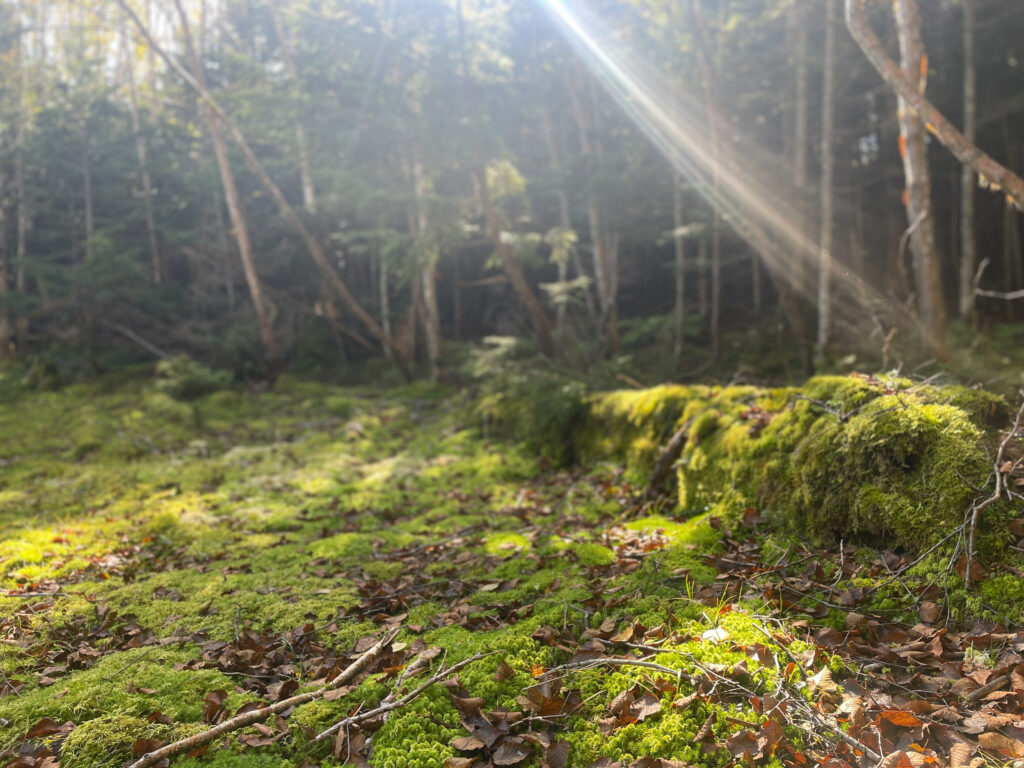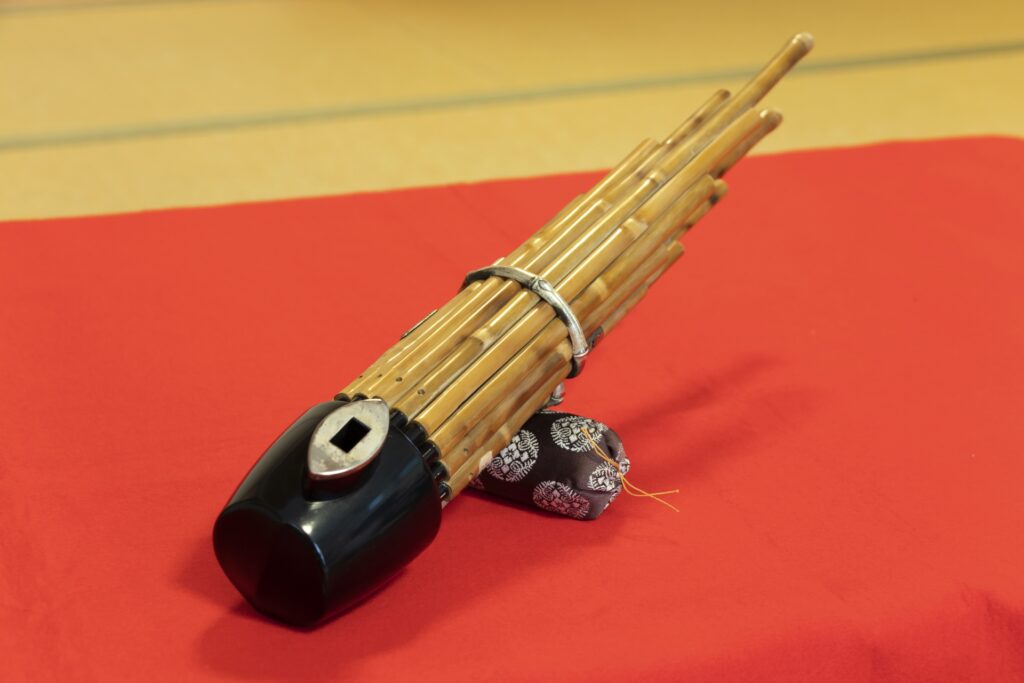
"The harmonies of each instrument intertwine like natural phenomena. Although I’m not an expert in music, my honest impression is this: it feels transcendent, beyond human comprehension. Rather than simply 'listening to music,' it feels like 'being present in a space.'"
"Writer Mayuzumi goes further in his essay, stating: 'Around a thousand years ago, the Japanese who created what we now know as gagaku intentionally preserved dissonances, allowing clashing tones to collide rather than harmonizing them. Why? Perhaps because they possessed an exquisitely refined sense of beauty that appreciated the subtle charm arising from these microtonal discrepancies.'" (Excerpt from Gagakutan 2)
"The unique sounds and energies emitted by these instruments coexist with nature without disrupting it. Although crafted by human hands, their tones resemble natural sounds — the rustle of wind, the whispers of leaves, the roar of waterfalls, the murmur of streams, or the songs of birds. At times, one might even feel they are part of the natural phenomena themselves." (Gagakutan3)
"Music, in its essence, was originally performed to honor gods and Buddhas, to revere nature, and to offer tribute and veneration to all living beings. As we trace the origins of the Japanese people, 'music' holds its meaning in its creation and performance by humans." (Gagakutan 9)
The deeper we explore gagaku, the more convinced Tarō and I become of this thought:
"Gagaku is a form of music born from a deep reverence for nature and the divine — a yearning to connect with and ultimately unify with them."
This belief extends to the instruments that form the fabric of gagaku.
This time, we'll take a closer look at the sho, which a renowned professor and performer calls "the instrument that defines the unique characteristics of gagaku."
The Shō: A Heavenly Sound

The instruments of gagaku are broadly categorized into three groups: wind instruments (blown), string instruments (plucked), and percussion instruments (struck). Depending on the piece, different instruments are used.
Belonging to the wind instruments along with the hichiriki and ryūteki, the shō is often described as "the sound of heaven," while the hichiriki represents "the voice of man or earth," and the ryūteki symbolizes "the dragon’s voice, traversing between heaven and earth."
Although we’ve never truly heard the sounds of heaven, those who have experienced the shō live often agree with this description.
The sound of heaven.
The sound of the divine.
Buddhist scriptures reference terms such as "gigaku" (ancient music) and "myōon" (sublime sound) to signify music’s role in venerating the Buddha. Specific instruments, including the shō, are mentioned in texts like the Lotus Sutra.
Additionally, the shō is related to the shō of Chinese origin, an instrument revered for producing heavenly sounds.
These descriptions align with our belief:
"Gagaku is music born of reverence for nature and the divine, aspiring to unity with them."
The Beauty of the Shō’s Form and Sound

The physical design of the shō reflects its ties to nature and divinity. Measuring approximately 50 cm in height, it consists of 17 slender bamboo pipes of varying lengths arranged to resemble the wings of a phoenix.
Often called hōshō (phoenix shō), its elegant form mirrors its ethereal tones, making it both a musical instrument and an artistic masterpiece.
In Chinese mythology, the phoenix, or fènghuáng, is a divine bird symbolizing harmony and music. Ancient texts even describe its cry as the origin of Chinese music.
The shō’s sound and form capture this mythical essence, creating a profound connection to its divine and natural origins.
A fascinating legend states that the shō was created by Joka, a goddess in Chinese mythology who embodies the mother of all life.
This ties to the etymology of the shō: "Shō signifies life". (Shakumyō, a Chinese etymological text from the Han dynasty)
The sound, form, and performance of the shō resonate with the theme of "life."
Next time, we’ll explore further into the origins and the essence of life as embodied in the shō.
(Reference materials: "Gagaku Dayori" by the Gagaku Council, "The Spirituality and Ideal Sonic Space of Gagaku" by Michiko Tōgi, among others.)
Written by Atsuko Aoyagi / ao.Inc.
#dailythoughts #japanesetraditionalmusic #composition
#gagaku #composinggagaku #nonmusic #gagakuperformance
#filmmusic #cinematicmusic #spatialmusic #gagakustories #sidenotes
#layer #mysterious #shogun #taroishida